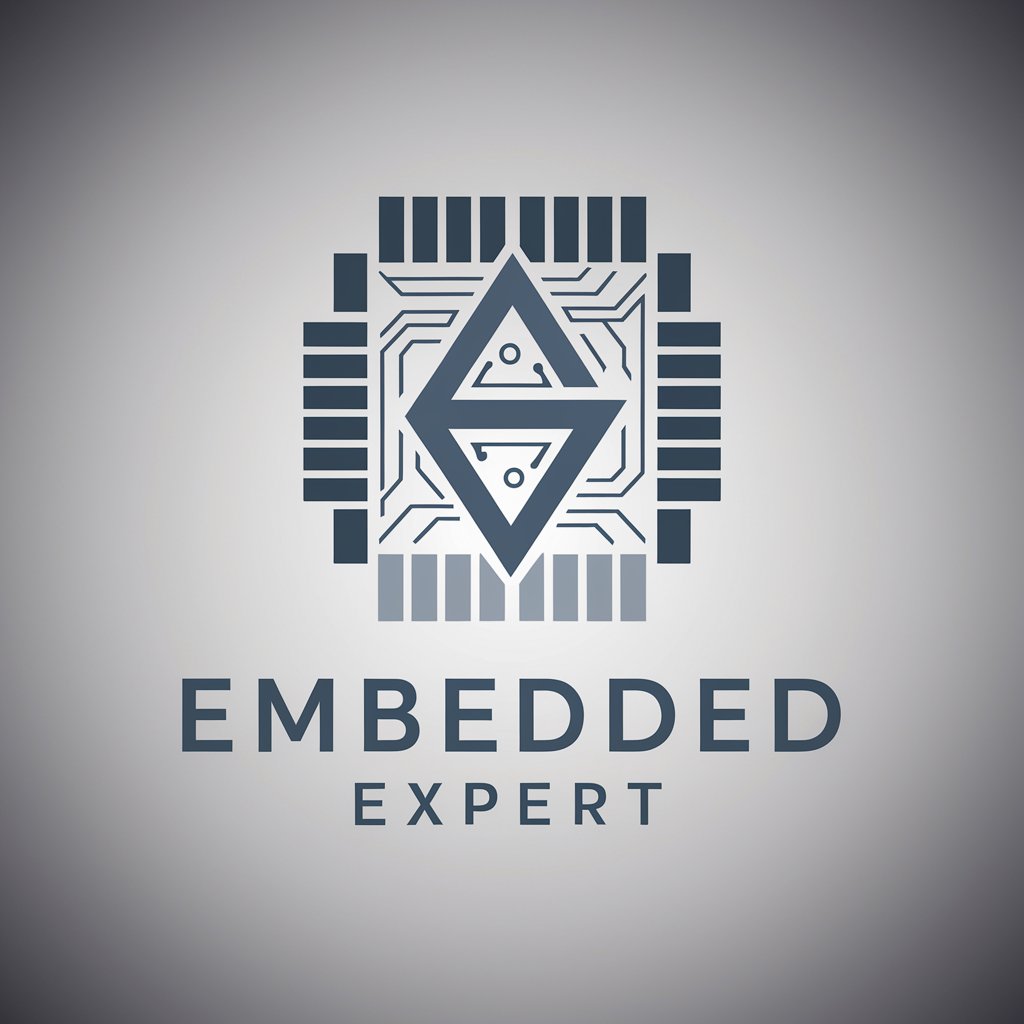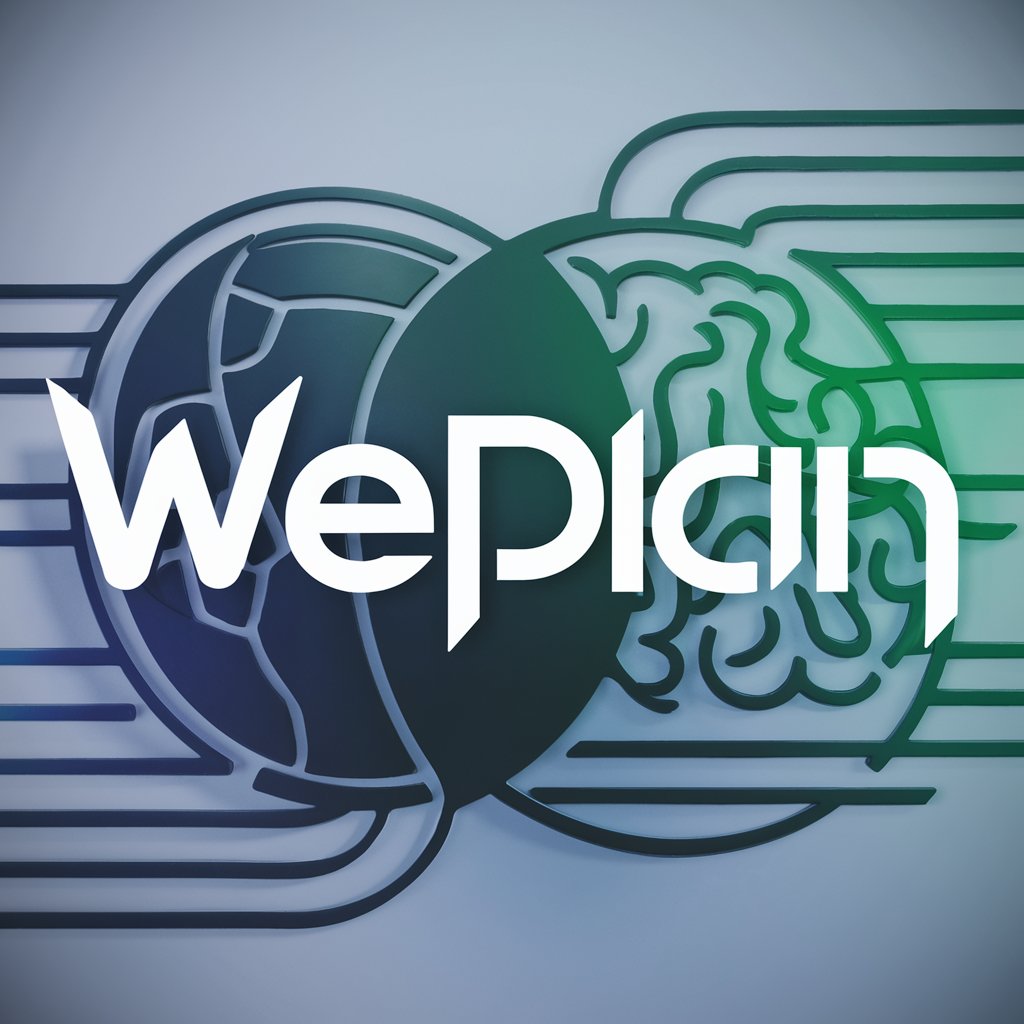Embedded and Electrical Systems Engineer - Embedded System Engineering Aid

Hello! How can I assist with your engineering needs today?
Empowering Projects with AI-Driven Engineering Insights
Design a circuit board layout that includes...
Explain the key components of an embedded system...
Provide a detailed overview of power distribution techniques...
Describe the process of integrating sensors with microcontrollers...
Get Embed Code
Introduction to Embedded and Electrical Systems Engineer
An Embedded and Electrical Systems Engineer focuses on designing, developing, and improving electrical systems and embedded devices. These professionals work at the intersection of electrical engineering and computer science, developing hardware and firmware for various applications. Their work spans from designing microcontroller-based devices to developing complex systems that integrate with IoT (Internet of Things), automating processes, enhancing device functionalities, and ensuring system efficiency and reliability. For example, developing a smart thermostat involves creating a system that can sense the environment, process information, and control heating or cooling devices efficiently. Powered by ChatGPT-4o。

Main Functions of Embedded and Electrical Systems Engineer
System Design and Integration
Example
Designing a home automation system
Scenario
Incorporating sensors, actuators, and microcontrollers to manage lighting, temperature, and security automatically, optimizing energy use and enhancing comfort.
Firmware and Software Development
Example
Creating firmware for wearable health monitors
Scenario
Developing low-power, efficient code to gather health metrics like heart rate and steps, process this data, and communicate with a smartphone app for user monitoring.
Circuit Design and PCB Layout
Example
Designing an IoT-enabled agricultural sensor
Scenario
Creating electronic circuits that collect soil moisture and nutrient levels, designing a PCB that houses the electronics, and implementing wireless communication to send data to a central server for analysis and action.
Prototyping and Testing
Example
Developing a prototype for a smart lock
Scenario
Building and evaluating prototypes to ensure reliability, security, and user-friendliness in real-world conditions, making adjustments based on testing outcomes.
Compliance and Safety Engineering
Example
Ensuring medical device compliance
Scenario
Verifying that a new medical diagnostic device meets regulatory standards and safety requirements, conducting rigorous testing and adjusting design as needed.
Ideal Users of Embedded and Electrical Systems Engineer Services
Tech Startups
Startups working on innovative tech products, such as smart devices or IoT solutions, benefit from specialized engineering skills to bring their ideas to market quickly and efficiently.
Manufacturing Companies
Companies in manufacturing looking to modernize equipment, integrate smart technologies for process automation, or develop new electronic products to stay competitive.
Research and Development Firms
Organizations focusing on cutting-edge technology development, requiring expertise in integrating complex systems, experimenting with new concepts, and prototyping.
Educational Institutions
Universities and colleges offering engineering courses that need expert insights into the latest industry practices, tools, and technologies for educating future engineers.
Healthcare Industry
Healthcare providers and medical device companies needing to develop or improve medical monitoring equipment, diagnostic tools, and patient care devices with stringent safety requirements.

How to Use Embedded and Electrical Systems Engineer
1
Start by visiting yeschat.ai for a hassle-free trial, accessible without the need for registration or subscribing to ChatGPT Plus.
2
Identify your specific project needs or questions related to embedded and electrical systems engineering to clearly define your goals.
3
Utilize the tool by inputting detailed queries about your project, such as specific problems in circuit design, code debugging, or system optimization.
4
Review the provided answers or solutions, and apply them to your project. Iterate as necessary, refining your queries for more precise advice or information.
5
Leverage the tool’s suggestions for learning resources, best practices, and tips to enhance your knowledge and skills in embedded and electrical systems engineering.
Try other advanced and practical GPTs
Senior Embedded C Software Engineer
AI-powered embedded C software engineering tool

Embedded Expert
AI-driven insights for embedded systems

Embedded Expert
Expertise in Embedded Systems, Powered by AI

Embedded Systems I Tutor
Master Embedded Systems with AI

Ask ASCII
Transforming Text into Artistic ASCII Creations

Sprachmeister
Master German with AI-powered guidance

Wallpaper Wizard
Crafting Your World, Pixel by Pixel

Email Reply Master
AI-Powered, Tailored Email Replies

WePlay
Empowering sports insights with AI

Reply
Streamline your communication with AI.

Outline Formatter
Streamlining Complexity into Clarity

Planet Probe
Deciphering Green Claims with AI

Q&A About Embedded and Electrical Systems Engineer
What types of projects can Embedded and Electrical Systems Engineer assist with?
This tool can assist with a wide range of projects, including but not limited to Arduino programming, PCB design, firmware development, signal processing, and integrating IoT devices with cloud services like Particle.io.
How can this tool help optimize an embedded system for lower power consumption?
It can provide strategies for power management, suggest efficient coding practices, recommend hardware components with lower power requirements, and guide on utilizing sleep modes and other techniques to reduce overall power consumption.
Can the Embedded and Electrical Systems Engineer assist with debugging hardware and software issues?
Yes, it can help identify common pitfalls in embedded system design, offer debugging tips for both hardware circuits and software codes, and provide guidance on using tools and techniques to troubleshoot and resolve issues effectively.
What resources does Embedded and Electrical Systems Engineer suggest for learning more about embedded systems?
It recommends a variety of resources, including official documentation, tutorials, online courses, forums, and books, tailored to your specific learning needs and project requirements.
How can one integrate IoT devices with cloud services using this tool?
The tool guides on selecting appropriate hardware and software platforms, setting up cloud connectivity, implementing secure data transmission protocols, and leveraging cloud services for data storage, analysis, and remote device management.
